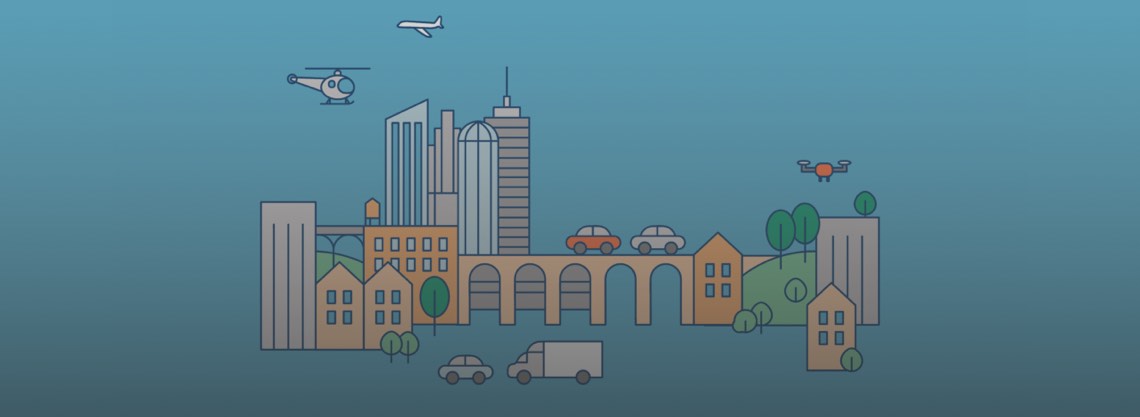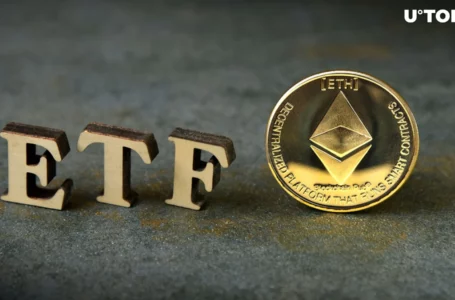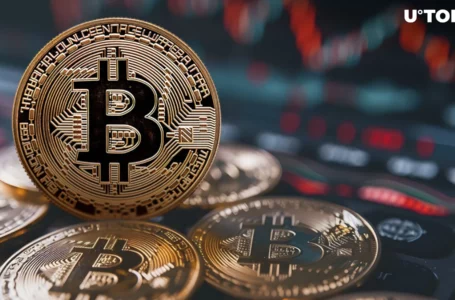
Virtual worlds have become popular because they enable users to experience something that is otherwise not possible in the real world. The possibilities are limitless, and we are still just scratching the surface area of what can be done in virtual worlds.
The next big trend in virtual property is that it will be more accessible than ever before, aided by the likes of Next Earth, which has made virtual property available to all through an NFT-based replica of Earth. Further ease of access will be enabled by a mix of technological developments, consisting of much better rendering abilities, much better graphics cards, and less expensive VR headsets.
This accessibility is driving increased use of virtual property as well as creating new opportunities for creators and investors who want to get involved with virtual property at an early stage.
In this post, we’ll check out the trends that are leading us towards a future where virtual residential or commercial property is prevalent.
Virtual Property Art
One upcoming trend is the ability to create pixel art on virtual property land tiles.
Pixel art is a type of digital art that utilizes 2D pixels to develop special and meaningful images. Pixel art is an emerging trend in the NFT space, and it’s only going to become more popular as creators start to explore new ways to express themselves through virtual property. Next Earth is preparing a function where landowners can draw pixel art straight on land tiles on Earth.
The ability to create pixel art on virtual land will open up a whole new world of possibilities for artists, who can instantly share their land art creations. The increase of social networks has actually made it much easier than ever for individuals all over the world to link, which suggests this pattern will likely blow up with time.
Greater Accessibility
The accessibility of virtual property has been improving steadily. One substantial action in the ideal instructions was taken with the world’s very first ITO, or Initial Tile Offering. With this offering, investors were able to purchase virtual land NFTs from a digital replica of Earth for the first time.
The ITO was enabled by integrating a map of Earth with blockchain-based NFTs, that made it possible for individuals to choose and mint tiles of Earth. The NFT economy makes it easy for anyone to create their own unique digital items, such as unique virtual properties like the Playboy Mansion, and then sell them on marketplaces.
These technological developments are allowing more individuals than ever before to get involved in virtual residential or commercial property investing through available channels such as online markets and online auctions. The number of users who invest in virtual properties through these channels is only going to increase over time. Greater gain access to will likewise result in increased usage of virtual residential or commercial property as a method for individuals from various strolls of life around the world to engage with each other.
Virtual Property As A Way To Escape From The Real World
Virtual property can be a great tool for escaping from the real world when you want or need some peace and quiet.
Virtual residential or commercial property provides us another outlet by enabling individuals to get away into a dream world where they don’t need to handle issues. This can make all the difference in someone’s day-to-day life. Allowing individuals access to things like virtual land through available channels permits them access to something that they might not have actually been able otherwise – the chance for self-expression and connection with others in brand-new methods.
Accessibility is crucial if we want everyone around the globe – especially those who may not have otherwise had access – the opportunity to experience these advantages that virtual worlds provide today and into the future as well as all of us being able to benefit from these opportunities down the line.
AR and VR NFTs
Augmented truth (AR) permits users to integrate the real life with computer-generated components, such as 3D designs and virtual items.
The combination of AR and VR with blockchain will create new ways for people to interact with virtual property. For example, artists are currently producing interactive art experiences that enable individuals to stroll through a sculpture while it plays various music tracks or videos based upon where they stop in the area or how they engage with it.
Blockchain would provide a way for AR and VR NFTs to be verifiably unique and owned by their creators in a trustless manner. The possibilities are limitless when you integrate these innovations.
In Conclusion
Virtual property accessibility is improving all the time due to technological advancements and increased use of accessible channels like online marketplaces and auctions. This increasing ease of access will drive interest in virtual residential or commercial property investing from both customers and developers alike – making this an interesting time to be included in the area.


















